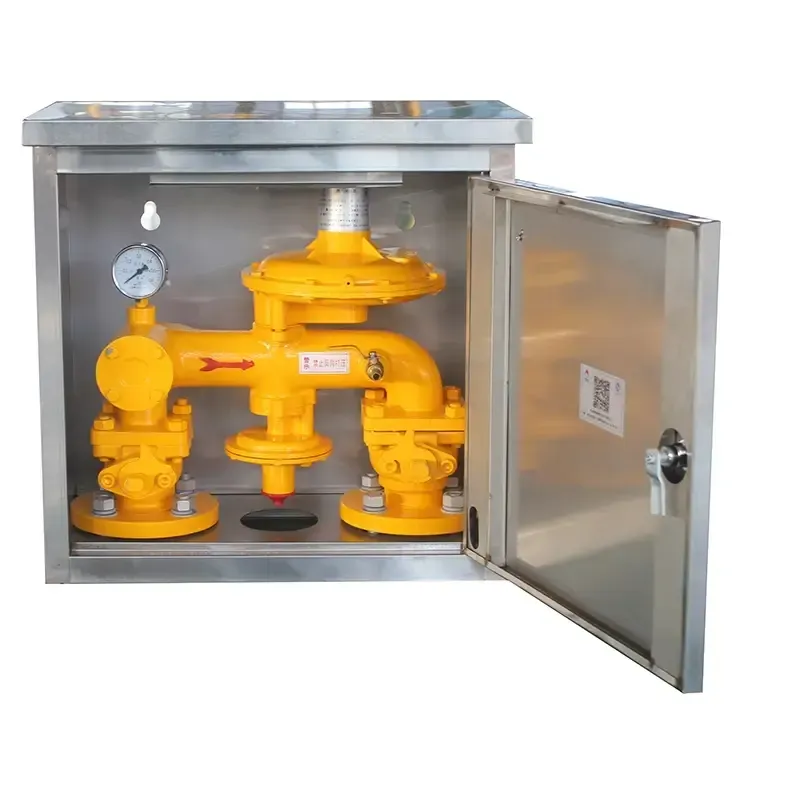
Dec . 13, 2024 11:25
Back to list
صمام تنفيس أمان الغاز
Gas Safety Relief Valves Ensuring Safety in Gas Systems
Gas safety is an essential aspect of various industries, including oil and gas, chemical manufacturing, and residential heating. One critical component that plays a vital role in maintaining safety in these applications is the gas safety relief valve, known in Arabic as صمام تنفيس أمان الغاز. This device is designed to protect systems from overpressure, preventing catastrophic failures that could lead to explosions, fires, or hazardous spills.
Understanding Gas Safety Relief Valves
Gas safety relief valves are mechanical devices that automatically release gas from a pressurized system when it exceeds a predetermined pressure level. They are essential for protecting pipelines, storage tanks, and other gas handling equipment. When gas pressure builds up beyond the safe threshold, the relief valve opens, allowing excess gas to escape safely into the atmosphere or diverting it to a safe location.
How Gas Safety Relief Valves Work
The principle of operation for a gas safety relief valve is straightforward. Each valve is equipped with a spring-loaded mechanism that holds the valve closed until the system pressure exceeds the set pressure. When this occurs, the force exerted by the gas pressure overcomes the spring tension, causing the valve to open. The gas is then expelled, reducing the pressure in the system back to a safe level.
Once the pressure stabilizes, the spring pulls the valve back to its closed position, sealing the system. This automatic operation ensures that the gas system remains within safe operational limits, minimizing the risk of equipment failure and enhancing overall safety.
The Importance of Regular Maintenance
صمام تنفيس أمان الغاز

While gas safety relief valves are designed to operate automatically, regular maintenance and testing are crucial to ensure their reliability. Over time, wear and tear can affect their performance, leading to failures that may not adequately protect against overpressure situations. Routine inspection and testing can help identify any issues early on, allowing for timely repairs or replacements.
Moreover, it is essential to ensure that the relief valve is correctly sized for the application. An undersized valve may open too late, while an oversized valve may result in unnecessary gas release, leading to safety and environmental concerns. Proper engineering and installation are critical to optimizing performance and safety.
Regulatory Standards and Compliance
In many countries, the installation and maintenance of gas safety relief valves are governed by strict regulations. Authorities set forth standards that define acceptable pressure limits, testing protocols, and maintenance schedules. Compliance with these regulations is not only essential for safety but also for legal liability. Companies that fail to adhere to safety standards risk fines, shutdowns, and damage to their reputation.
Conclusion
In conclusion, gas safety relief valves are a crucial component of any gas handling system, providing essential protection against overpressure situations. Their automatic operation and effectiveness in mitigating risks make them indispensable in various industries. To ensure that these valves function correctly, regular maintenance and adherence to regulatory standards are paramount.
As we continue to rely on gas and other combustible materials in our daily lives, understanding the importance of gas safety relief valves will help us prioritize safety and prevent catastrophic incidents. Investing in proper safety measures, including quality valves and diligent maintenance, is key to safeguarding lives and the environment. Whether in industrial applications or residential settings, safety must always come first in gas management practices.
Latest news
-
Safety Valve Spring-Loaded Design Overpressure ProtectionNewsJul.25,2025
-
Precision Voltage Regulator AC5 Accuracy Grade PerformanceNewsJul.25,2025
-
Natural Gas Pressure Regulating Skid Industrial Pipeline ApplicationsNewsJul.25,2025
-
Natural Gas Filter Stainless Steel Mesh Element DesignNewsJul.25,2025
-
Gas Pressure Regulator Valve Direct-Acting Spring-Loaded DesignNewsJul.25,2025
-
Decompression Equipment Multi-Stage Heat Exchange System DesignNewsJul.25,2025

